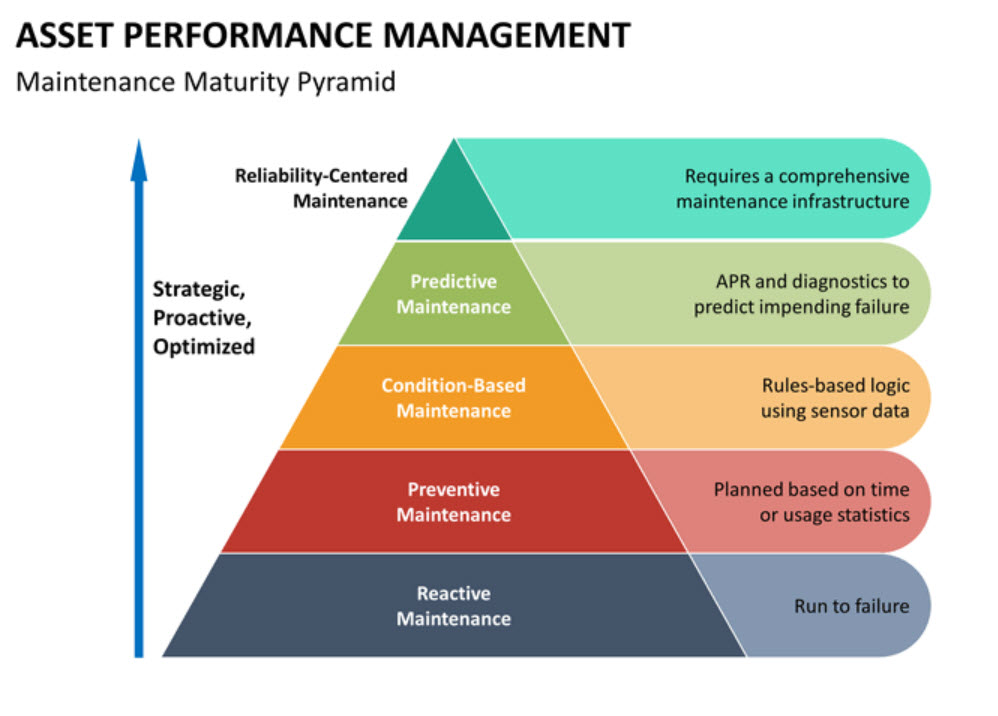
| Vision Assessing an asset’s performance throughout an asset’s life-cycle provides the metrics to improve resource allocation and strategic decision-making processes. Mission A comprehensive and complete set of performance definitions, metrics, and references that meet the needs of the organization enables sound asset investment decisions. These decisions rely on true and accurate asset condition. Purpose A purpose of this principle is to define processes for collecting Asset Performance data and metrics. Performance data provides transparency for business decisions related to an asset’s position in its life-cycle, and business decisions related to current and anticipated costs. Understanding the point within the asset life-cycle is critical for making key strategic financial decisions and understanding reliability of assets or asset systems. Performance metrics are also critical in defining when assets warrant additional maintenance, refurbishment, rehabilitation, or replacement. Asset Performance has a direct correlation to Asset Costing (3.3.5), particularly (but not inclusive) to utility cost, operations and maintenance cost, replacement / renewal cost, and end-of-life cost (refer to section 3.3.5 for definitions). When Required Asset Performance is required for continuous evaluation of all assets during the operational life-cycle. Performance metrics will provide feedback on asset state / stage of life-cycle, operating cost (includes utility use, routine maintenance, unscheduled repair maintenance, etc.), reliability, and deviation from expected outcomes. |
 Create an Account
Create an Account
 Login/myAPPA
Login/myAPPA
 Bookstore
Bookstore
 Search
Search  Translate
Translate